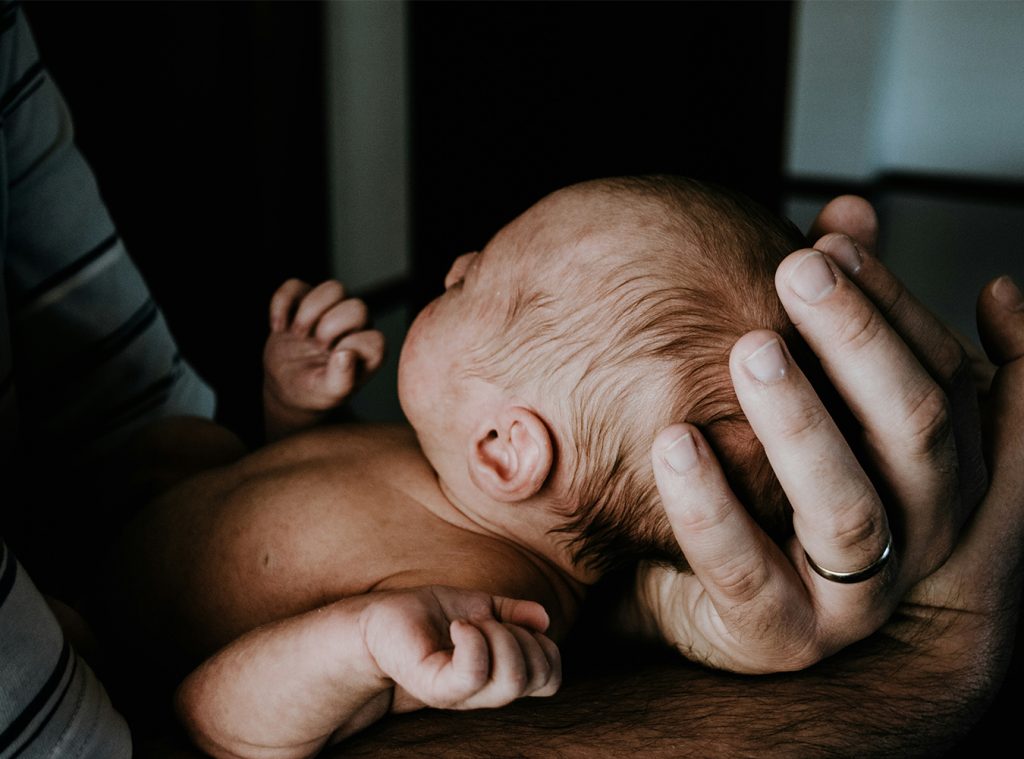In a normal menstrual cycle one egg develops and is released roughly mid cycle. Usually, ovulation occurs 2 week before your next period. The average cycle length is 28 days though the normal range is considered to fall between 25 and 35 days. Cycles that are shorter or longer than this are more likely to be associated with a lack of ovulation or infrequent ovulation.
There are a range of conditions that can result in impaired ovulation that may benefit from ovulation induction. The most common of these is polycystic ovarian syndrome.
Ovulation induction is not useful where the tubes are blocked or damaged, severe endometriosis is present or where moderate to severe male factor infertility is a component. It is also not considered well advised in women 38 years or older.
Ovulation induction is a treatment regime where you take hormonal medication soon after the start of your cycle in order to stimulate follicular development in the ovaries and therefore release of a mature egg mid cycle.
Ovulation induction can be monitored or unmonitored and a trigger may or may not be used. It may also be combined with intrauterine insemination (see IUI).
Medications include:
- Letrozole (aromatase inhibitor) an oral tablet used as a first line in patients with PCOS
- Clomiphene citrate (Clomid – selective estrogen receptor modulator)
- Follicle Stimulating Hormone (FSH e.g. Gonal F) injections often used in patients with hypothalamic amenorrhoea
Monitoring normally involves a pelvic ultrasound and blood tests in the first half of the cycle to assess follicular development to aid timing of trigger medication and intercourse (or intrauterine insemination). Trigger medications in the form of a human chorionic gonadotrophin injection are often used to start final egg maturation and release.
Progesterone in the form of vaginal pessaries may be administered from the second half of the cycle onwards (luteal phase support) to support implantation and maintenance of the pregnancy.
It is important to note that ovulation induction significantly increases the risk of multiple pregnancy (e.g twins). While ovulation induction is associated with ovarian hyperstimulation syndrome (OHSS) the risk of moderate to severe OHSS is low where appropriate dosing is used.







